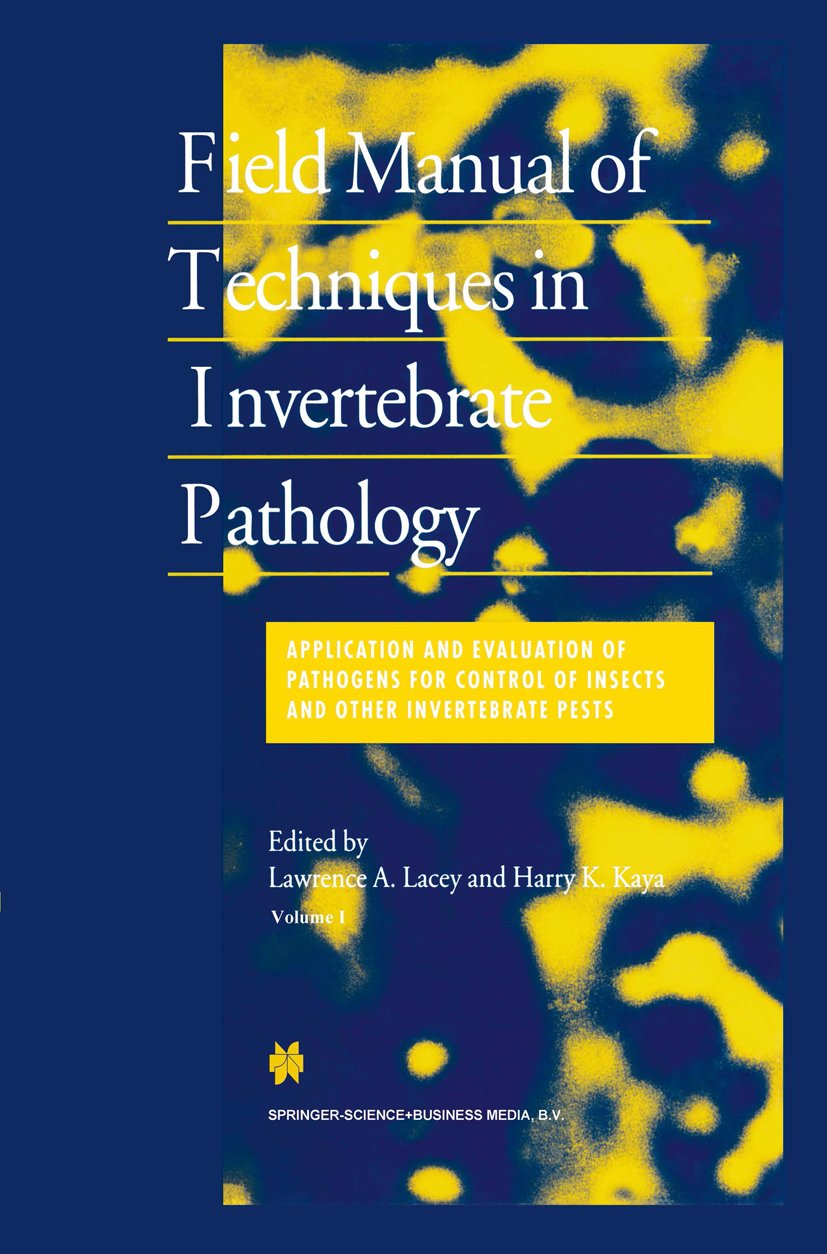Field Manual of Techniques in Invertebrate Pathology
Field Manual of Techniques in Invertebrate Pathology
The 38 chapters of this Field Manual provide the tools required for planning experiments with entomopathogens and their implementation in the field. Basic tools include chapters on the theory and practice of microbial control agents, statistical desi...
Read more
The 38 chapters of this Field Manual provide the tools required for planning experiments with entomopathogens and their implementation in the field. Basic tools include chapters on the theory and practice of microbial control agents, statistical design of experiments, equipment and application strategies. The major pathogen groups are covered in individual chapters (virus, bacteria, protozoa, fungi, nematodes). Subsequent chapters deal with the impact of naturally occurring and introduced exotic pathogens and inundative application of microbial control agents. The largest section of the Manual is composed of 21 chapters on the application and evaluation of entomopathogens in a wide range of agricultural, forest, domestic and aquatic habitats. Mites and slugs broaden the scope of the book. Supplementary techniques and media for follow-up laboratory studies are described. Three final chapters cover the evaluation of Bt transgenic plants, resistance to insect pathogens and strategies to manage it, and guidelines for evaluating the effects of MCAs on nontarget organisms. Readership: Researchers, graduate students, practitioners of integrated pest management, regulators, those doing environmental impact studies. The book is a stand-alone reference, but is also complementary to the laboratory-oriented Manual of Techniques in Insect Pathology and similar comprehensive texts.
Less





























